A Past Rooted in Isolation
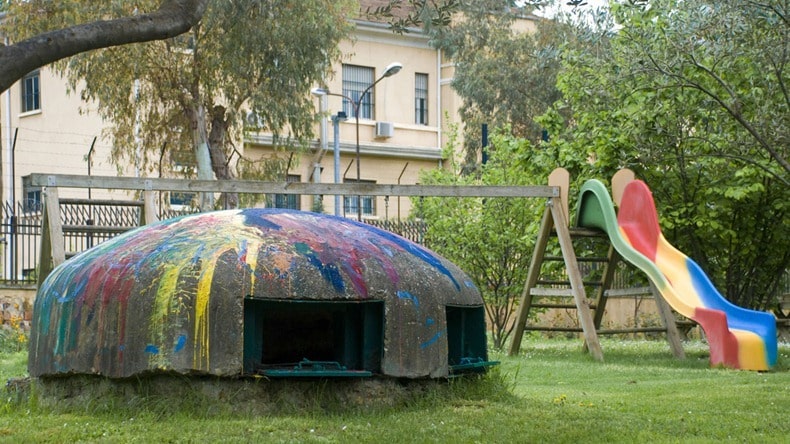 Image: Pinterest
Image: Pinterest
During the Cold War, the landscape of Albania was dotted with strange concrete structures. Looking like mushrooms, their curved domes made of crumbling stone are a harsh reminder of a past regime that was cruel and harsh. They also stand rooted in a past that was consumed by paranoia, unfounded suspicions, and isolationism.
Dark History
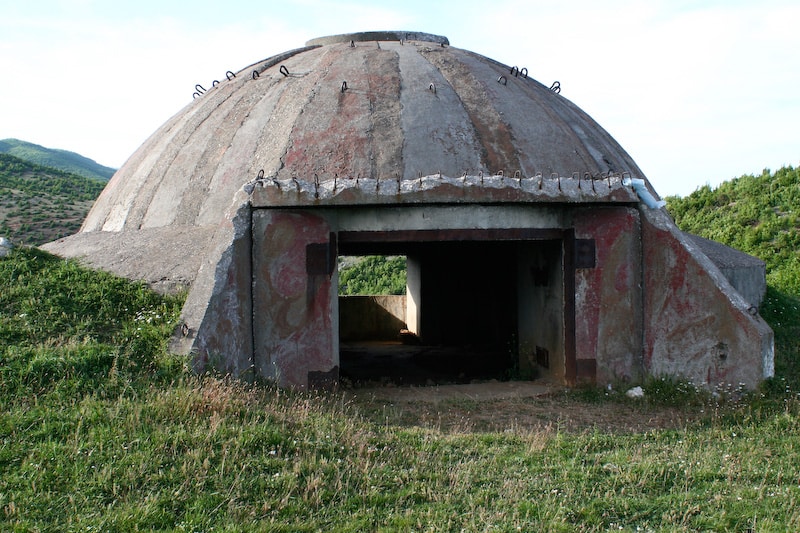 Image: Pinterest
Image: Pinterest
The dark history of Albania is a massive shadow that the country has struggled to escape over the past few decades. And while most of these cold monuments are empty, they stand as a stark reminder of an Albania that its citizens would love to forget. What were these bunkers designed for? Well, the truth may shock you.
Bunkers of a Time Long Gone
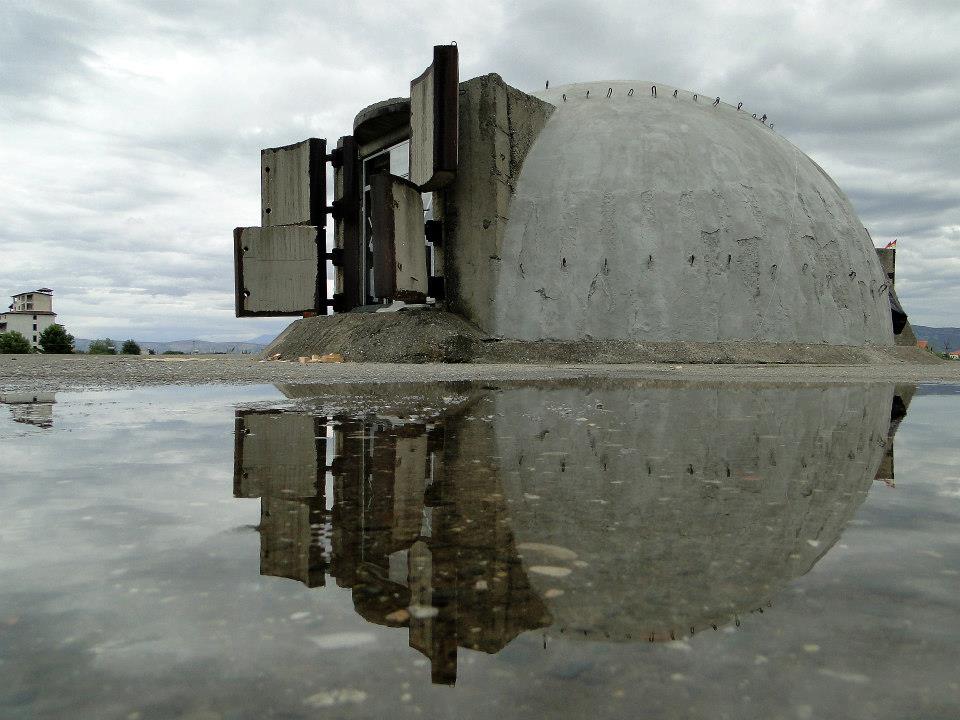 Image: TripFreakz
Image: TripFreakz
Relics of the Cold War, the citizens of Albania are now looking to transform these monuments into something positive. A way to celebrate the future, while still remembering the past they escaped from. However, it’s important to remember why these monuments were designed in the first place. Wait until you find out!
A Dictator’s War
 Image: Independent UK
Image: Independent UK
The truth behind these bunkers is quite chilling. Constructed during the rule of dictator ,Enver Hoxha, they were built in the 1960s as Hoxha moved the nation into a country that was one of isolation. The bunkers, built from concrete and stone, were to be the focal point of this dictator’s people’s war. You won’t believe how evil this man was.
A Reign of Paranoia
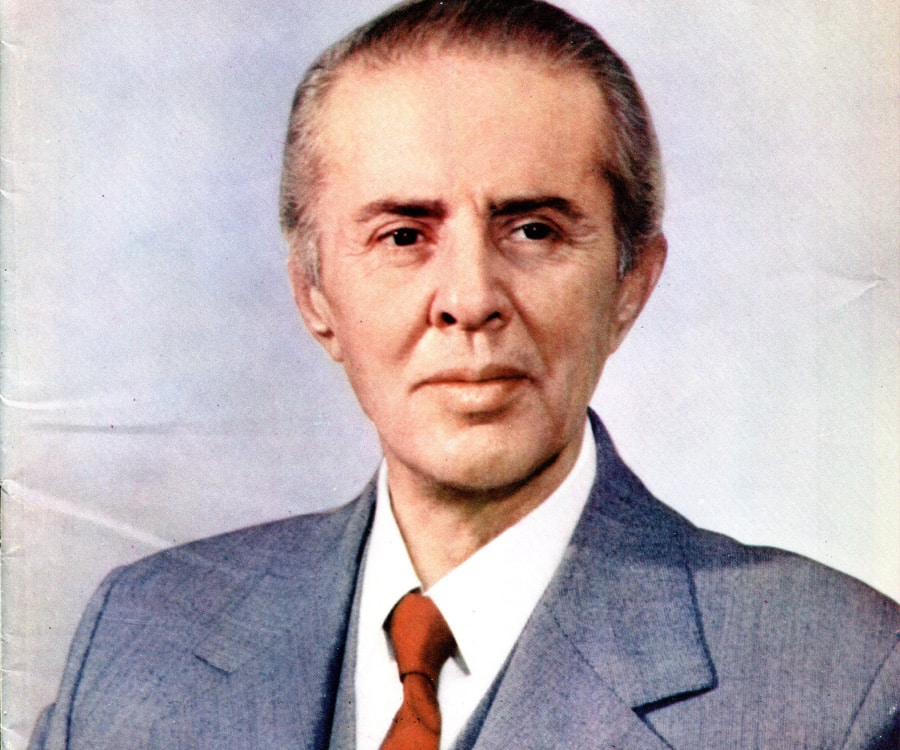 Image: Famous People
Image: Famous People
Enver Hoxha ruled the country of Albania from 1944 until his death in 1985. During this time, Hoxha believed that the country was constantly being threatened with invasion. Considered to be a Stalinist, Hoxha took his beliefs to the extreme. When other countries began to accept more moderate stances in terms of communism, he began to cut Albania off from such countries.
Cutting Ties
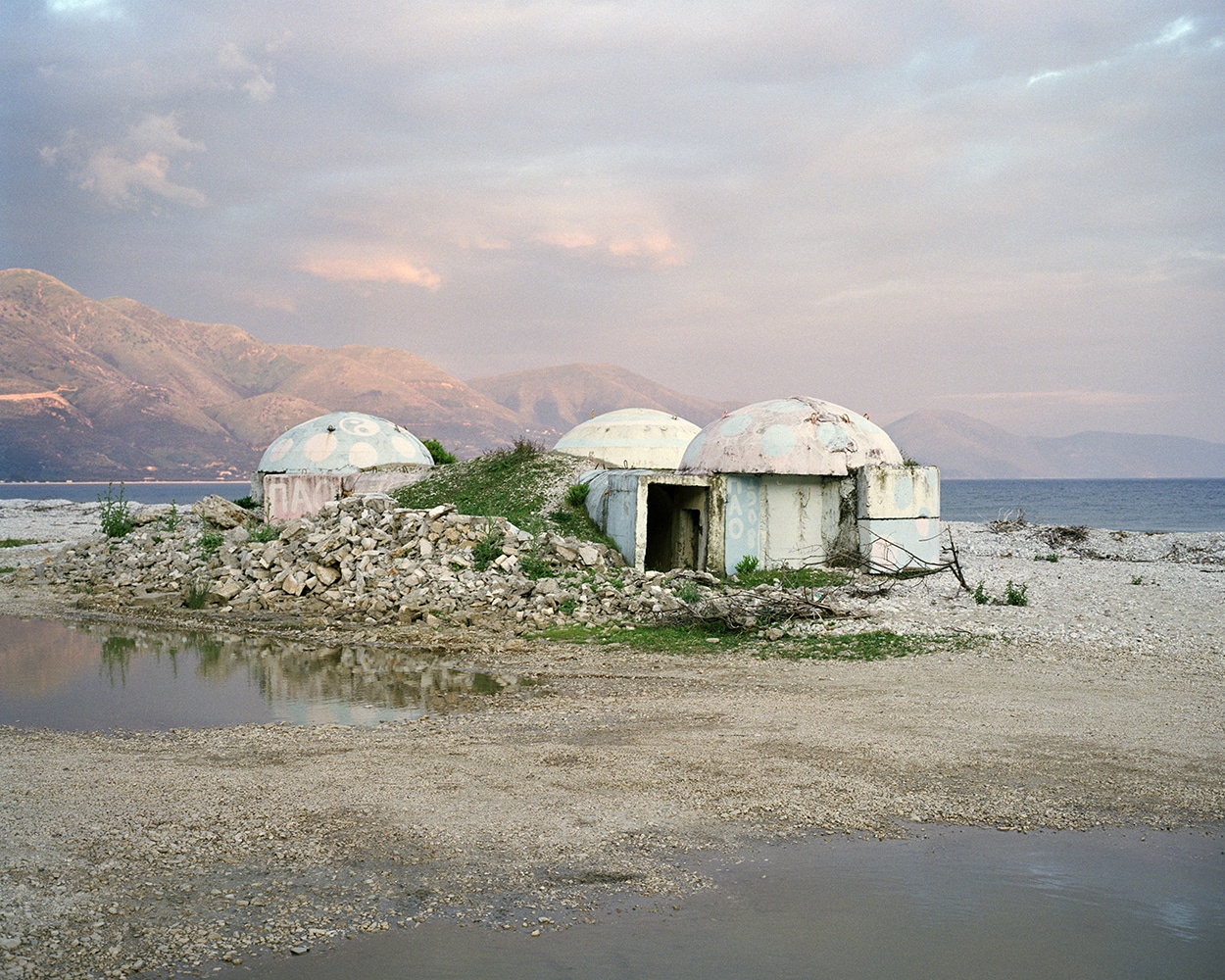 Image: Wired.com
Image: Wired.com
One example of his isolationist approach is Hoxha’s decision to end his relationship with Yugoslavia. He also kept Albania at war with Greece for over 50 years. Turmoil was Hoxha’s secret weapon because as long as he kept the country in turmoil, he could rule with an iron fist. It was what Hoxha did next that perplexed most of the world.
False Threats
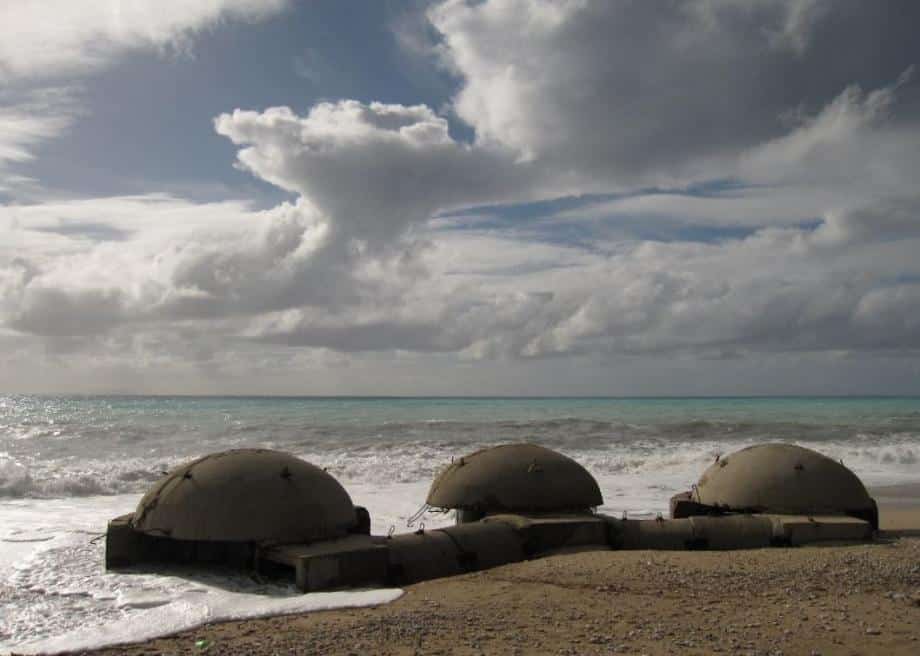 Image: Slate.com
Image: Slate.com
With paranoia taking over every aspect of his life, Hoxha began what is called the “bunkerization” of Albania. These bunkers were built to defend the country from his “made up” threats of invasion. However, it was Hoxha’s next decision that will really blow your mind.
The People’s War
 Image: Wired
Image: Wired
Rather than develop a professional military for Albania, Hoxha believed the people of Albania should be the ones to defend it. This was the same strategy that had been implemented during Albania’s invasion by Italian and German forces during the Second World War.
A Different Strategy
 Image: Deserted Places
Image: Deserted Places
Unfortunately, the same strategy would not work as it did back then when the insurgents came through the mountains. Therefore, Hoxha placed his focus on the country’s lowlands, which he knew was a key factor to Albania’s sovereignty. Thus, he crafted his new strategy that involved the infamous bunkers.
The Bunker Building Begins
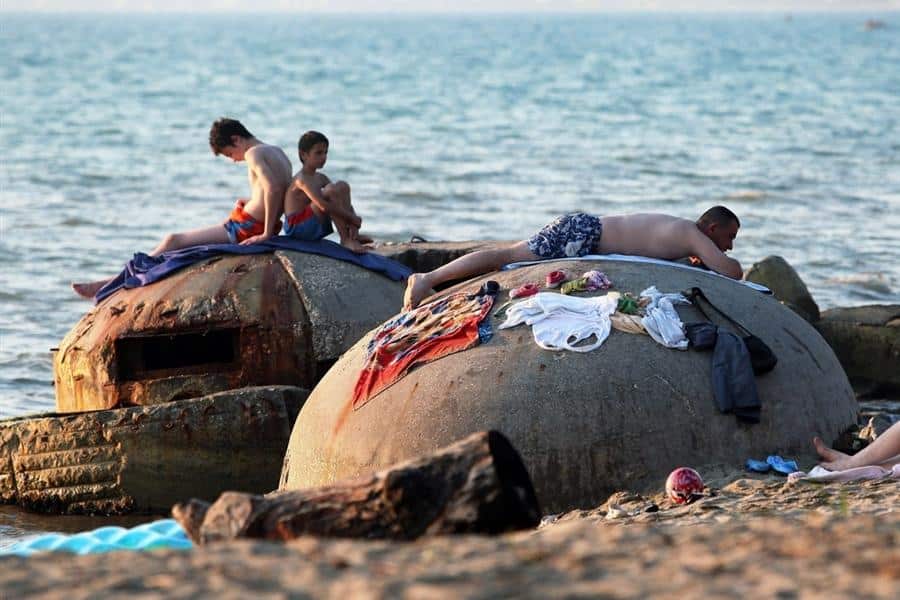 Image: TripFreakz
Image: TripFreakz
The bunkers were built all over Albania—some were carved right into the sides of mountains, while others went up in graveyards, fields, and even in the middle of some towns. Unfortunately, it wouldn’t be soldiers occupying these bunkers at all. Wait until you see who was expected to defend the country in these mounds of stone.
Militarized Population
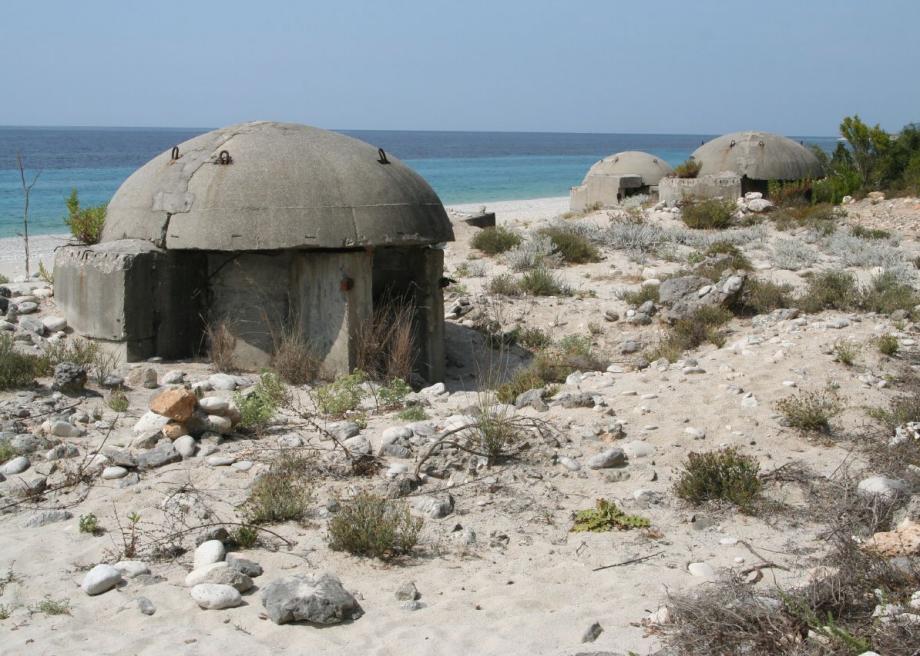 Image: Slate.com
Image: Slate.com
Hoxha made the decision to militarize the entire Albanian population. This included women and children, who were expected to defend the country from the bunkers whenever an invasion occurred. Drills were conducted regularly to ensure the locals knew what to do and they were also expected to maintain the bunkers in their area.
The Bunker Blueprint
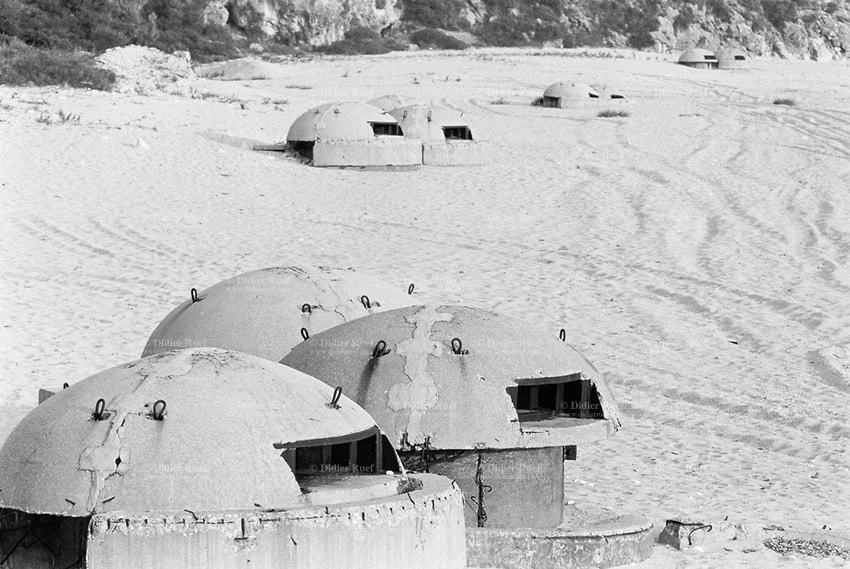 Image: Didier
Image: Didier
Hoxha ordered that the bunkers be built in a specific way. The smaller bunkers would hold two people and were positioned out from the central command posts. These small bunkers would have a direct line of sight to the larger command centers so they could receive their orders.
A Faux Invasion
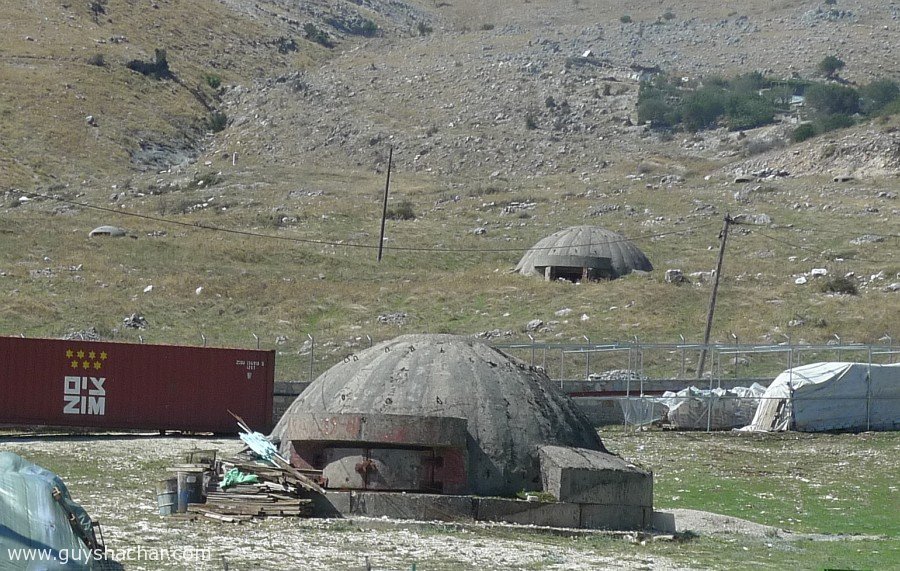 Image: Guy Shachar
Image: Guy Shachar
Despite the tedious training and preparation, the invasion never came. Although Hoxha had isolated the country and convinced most of the population they were in danger, the bunkers never ended up being used. You won’t believe why.
A Lack of Confidence
 Image: Deserted Places
Image: Deserted Places
According to experts, the strategy Hoxha had developed wouldn’t have worked. First, there were no supply routes to resupply the hundreds of bunkers across the country. Also, civilians would not have been effective against invading military forces. Military experts believe that an army was the only solution for the country. Of course, no one could speak against Hoxha and live to tell the tale.
Executing Traitors
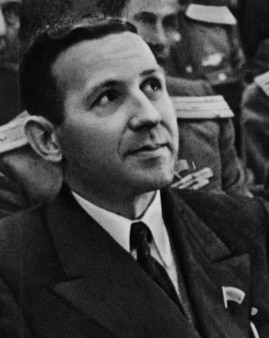 Image: Wikipedia
Image: Wikipedia
General Beqir Balluku found out the hard way what happens to those who speak out against Hoxha. In a commanding speech in 1974, Balluku condemned Hoxha and his bunker plan. Of course, this did not sit well with the dictator and Balluku and his associates were executed under the suspicions of attempting a military coup.
The Death of Hoxha
 Image: Pinterest
Image: Pinterest
Thankfully, the death of Hoxha finally came about in 1985, ending his dictatorship and isolating agenda. All construction of the bunkers came to a halt. They would never be used for their intended purpose; however, new discoveries continue to be made regarding the bunkers.
New Discoveries
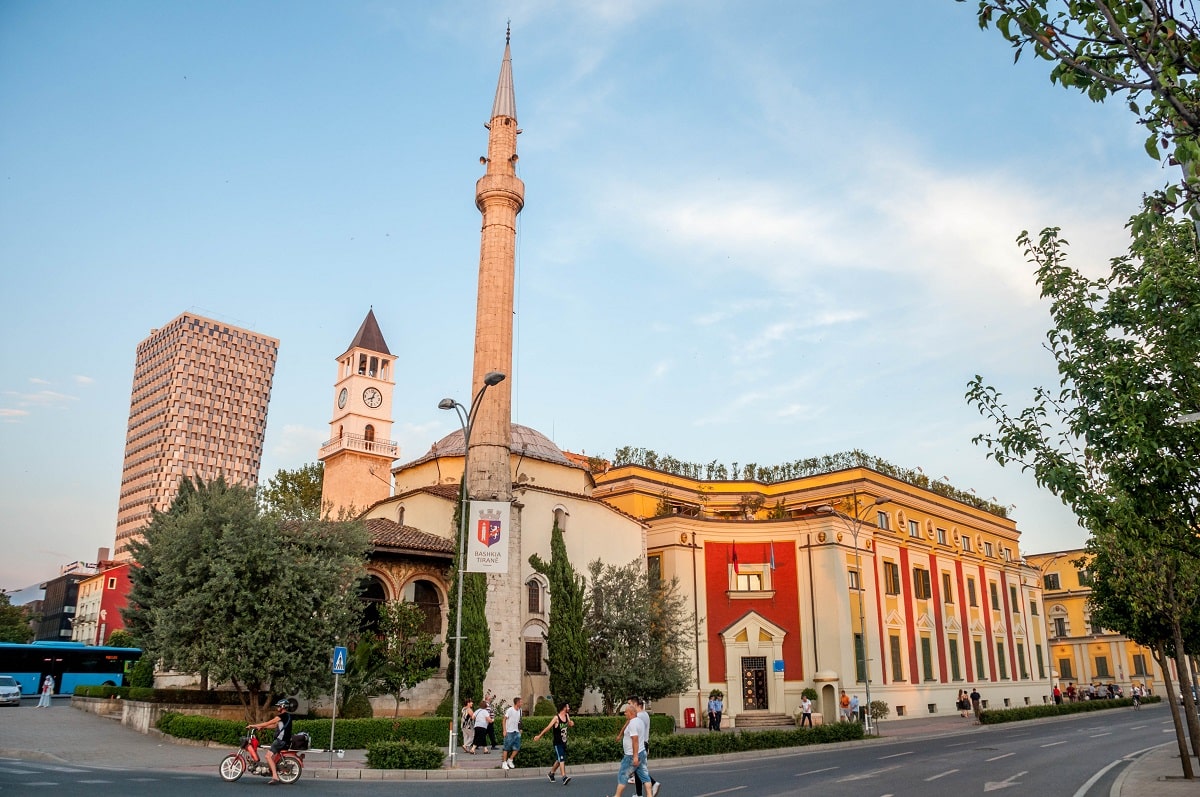 Image: Travel Addicts
Image: Travel Addicts
One discovery took place in 2004, about 25 miles outside of the capital city of Tirana. While exploring a bunker, over 16 tons of mustard gas and other chemical weapons were discovered. What makes this discovery even more shocking is the bunker had been left unguarded since the 1980s. You had to wonder what else Hoxha was up to, right?
Bunker Removal
 Image: Albanian Trip
Image: Albanian Trip
Since the end of Hoxha’s reign, Albania’s following governments have attempted to remove the bunkers. Some have been repurposed into shelters and homes. Others have proven to be quite difficult to take down. One tragedy occurred at the beach where the whirlpools created by the fallen bunkers dragged five people out to sea. Since then, the government has had to use tanks to remove the bunkers from the coast.
A Positive Force for Change
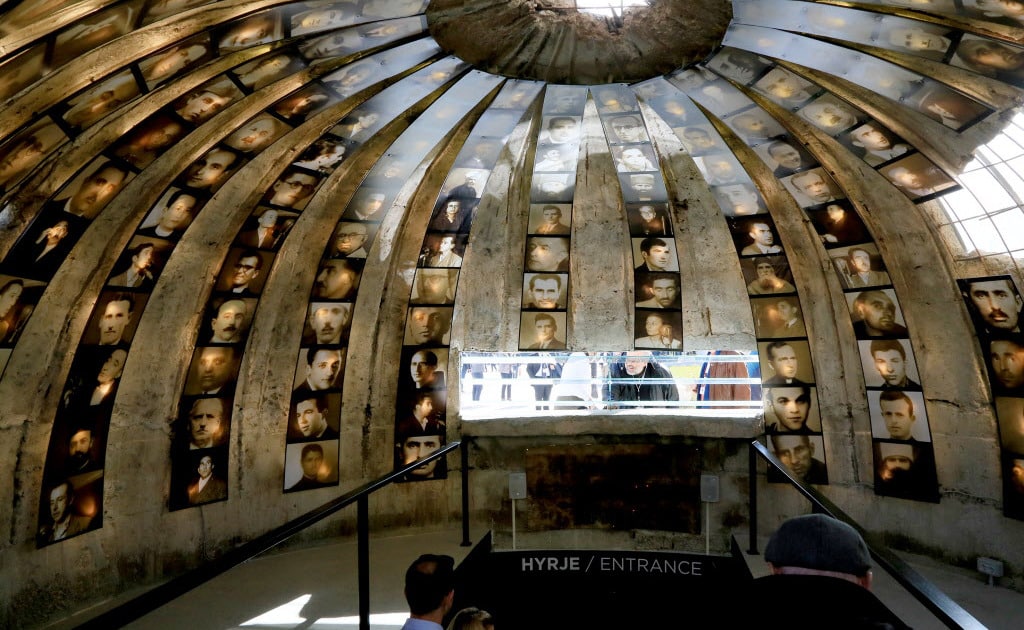 Image: Chicago Sun Times
Image: Chicago Sun Times
One of the more popular bunker renovations is in the capital city of Tirana. This bunker that was designed to house Hoxha and his cabinet is now a museum and art gallery. With over 100 rooms to explore, the museum is just one way the country is preserving its history while moving the country forward culturally.
Looking to the Future
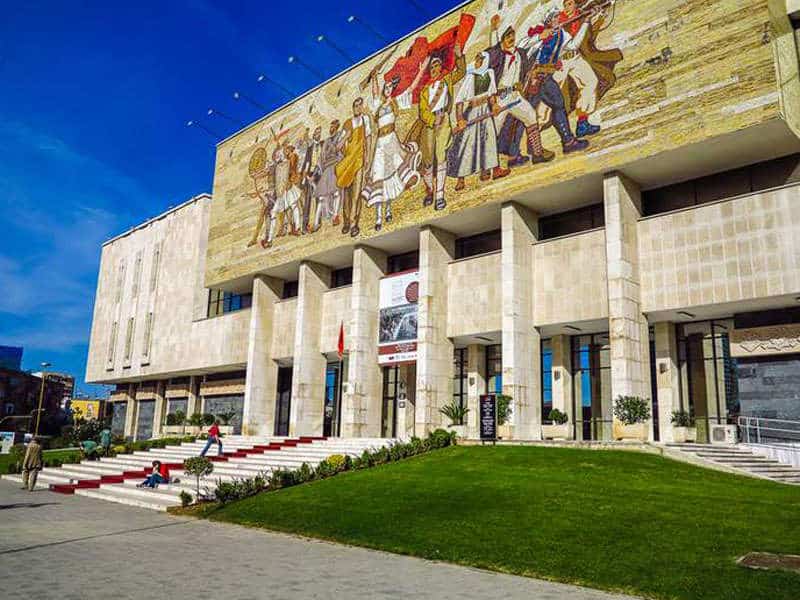 Image: Visit Tirana
Image: Visit Tirana
Despite its dark past, Albania and its people are determined to shine a light on where they came from while moving into a new era. While the bunkers will always remain a reminder of a war that never was, they have been transformed into something positive over the years. From museums to restaurants, the mystery bunkers of the past now serve the citizens of the country in a good way.